Cincinnati’s Classic Henke Winery
In the 1850’s, Ohio was the leading producer of wine in the United States. The center of the early Ohio wine industry was Cincinnati where Catawba grapes lined the Ohio River for miles. Today, Cincinnati continues to produce award-winning wines and the most decorated winery in the Queen City is Henke Winery.
At Henke, wine medals dot the entire tasting room and restaurant in the Westwood neighborhood. They are displayed on windowsills, countertops, wall hangings and on the tops of decorative wine barrels. Joe Henke, Henke’s owner and winemaker, says he is now running out of places to put his wine contest medals.
“We keep entering wine contests because it shows people that we take our business seriously,” Henke says. During 2012, only one wine that Henke submitted for judging by a major contest did not win a medal. He won awards for all six wines sent to The Finger Lakes Wine Competition and seven of eight wines entered at the Indy International Competition. In addition, in three of the past five years, Henke has won a Best of Show at the Ohio Wine Competition.
Not only do Henke’s win accolades, the winery was voted one of the top 10 urban wineries by Foodrepublic.com in 2012, the only Midwestern to be included in the list.
Henke said that he started making wine as a hobby in 1973. But he did not become established commercially until 1996. Among his mentors, Henke mentions Chris Stamp of Lakewood Vineyards in Watkins Glen, NY and Arnie Esterer at Markko Vineyards on Lake Erie in Conneaut, Ohio.
Henke Winery moved to its current location, six miles from downtown, in 2001. From 1937 to 1999 the current Henke Winery was called the Garden Restaurant.
Henke’s original location could hold only 40 people. The restaurant at the Winery can now accommodate 125 guests. The dining room operates at close to capacity and draws from the entire Midwest, according to Henke. “The larger restaurant means people can sit, talk and drink and we can still make money because we don’t have to turn tables as frequently.”
Henke does not believe in preset wine and food pairings. “I like guests to have a tasting before their meal and then make up their own minds about what wine to order with dinner.”
The production space, which is the basement of the restaurant, is cramped, but the thick, cellar walls provide a temperature controlled environment. Oak barrels line the walls of the subterranean facility that produces about 4,000 gallons per year. Seventy percent of the wine produced at Henke never leaves the premises.
Henke is a believer in the ability of oak barrels to enhance wine taste, aroma, and structure. He has 32 barrels total, comprised of seven different types from coopers such as Canton and Kelvin. His barrel wood comes from Missouri, Minnesota, and France. “It’s always fun to get new barrels and try our new techniques,” Henke says. “We especially like the French Allier barrels for our hybrid wine production. The French barrels make the hybrid wines spicier”
One of the wines that Henke treats with oak is a distinctive Seyval blanc. The winery’s Seyval is barrel fermented, sur lees on Minnesota Oak. Henke says the slow-growing Minnesota oak has a tighter grain and is not as harsh as other American Oak. (Henke also said that the Minnesota Oak barrels are a bargain at $250 each compared with more expensive French Oak barrels.)
Unlike many Midwestern Seyval wines, which are made Pinot Grigio style in stainless steel tanks, Henke’s Seyval is made in “hydro toast” barells from Kelvin Cooperage based in Louisville. During production, Kelvin sprays the barrels with water after they have been toasted over an open fire, then restarts the toasting process.
Henke’s Seyval spends 10-11 months on oak and also undergoes a “touch of” malolactic conversion to “take the edge off.” Then he cold stabilizes the wine and uses mild filtration.
Most of the grapes that are used to make Henke’s Seyval come from Caesar Creek Vineyards in New Jasper, Ohio. “It’s nice to promote regional grapes and to promote the local growers,” Henke says. “We strive to use Ohio grapes as we believe each region has a specific terroir.”
Other Ohio grape growers from which Henke obtains fruit are Lakeside Vineyards in Felicity, Ferrante Vineyards in Geneva, Ohio State University in Wooster, Klingshirn Winery in Avon Lake and Debevc Farms in Madison. Some of Henke’s Vidal Blanc is grown on North Bass Island in Lake Erie.
Beyond Ohio, the lengths to which Henke goes to source grapes for his 15 different wines is also extensive. For instance, the grapes for his Sparking Chardonnay come from Amadore County, CA. Henke’s Chambourcin grapes come from Generation Hill Winery in Alexandria, Kentucky.
Henke believes there will be wine grape availability problems this year as a result of spring frost and summer droughts. “There could be trouble finding French hybrids and it will be a scramble for grapes this year. It’s a dilemma, but hopefully I’ve expanded my horizons enough.”
Henke is cautiously optimistic about the 2012 Ohio grape harvest. “Last year (2011) was pretty good for Ohio wine. This year will be middle of the pack probably; yields will be down but I think we will have more structure, body, and flavor from our local grapes this year.”
“That we make the wine right here where most of it’s consumed is important. We support local businesses and growers. in Ohio, we’re all in this (wine business) together, if I can help you to be a better wine maker, then I try to help. We’re all friends. If we can help each other, we do.”
Thanks to the Ohio Grape Industry Committee for background used in this article.
[wp_geo_map]

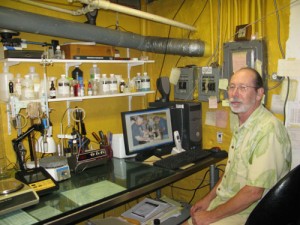
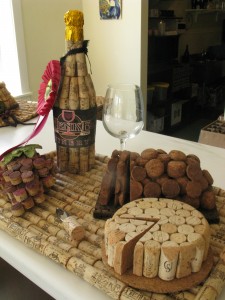
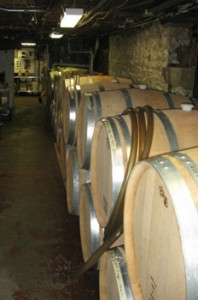
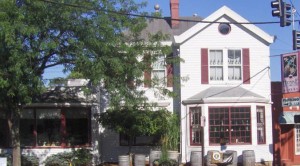
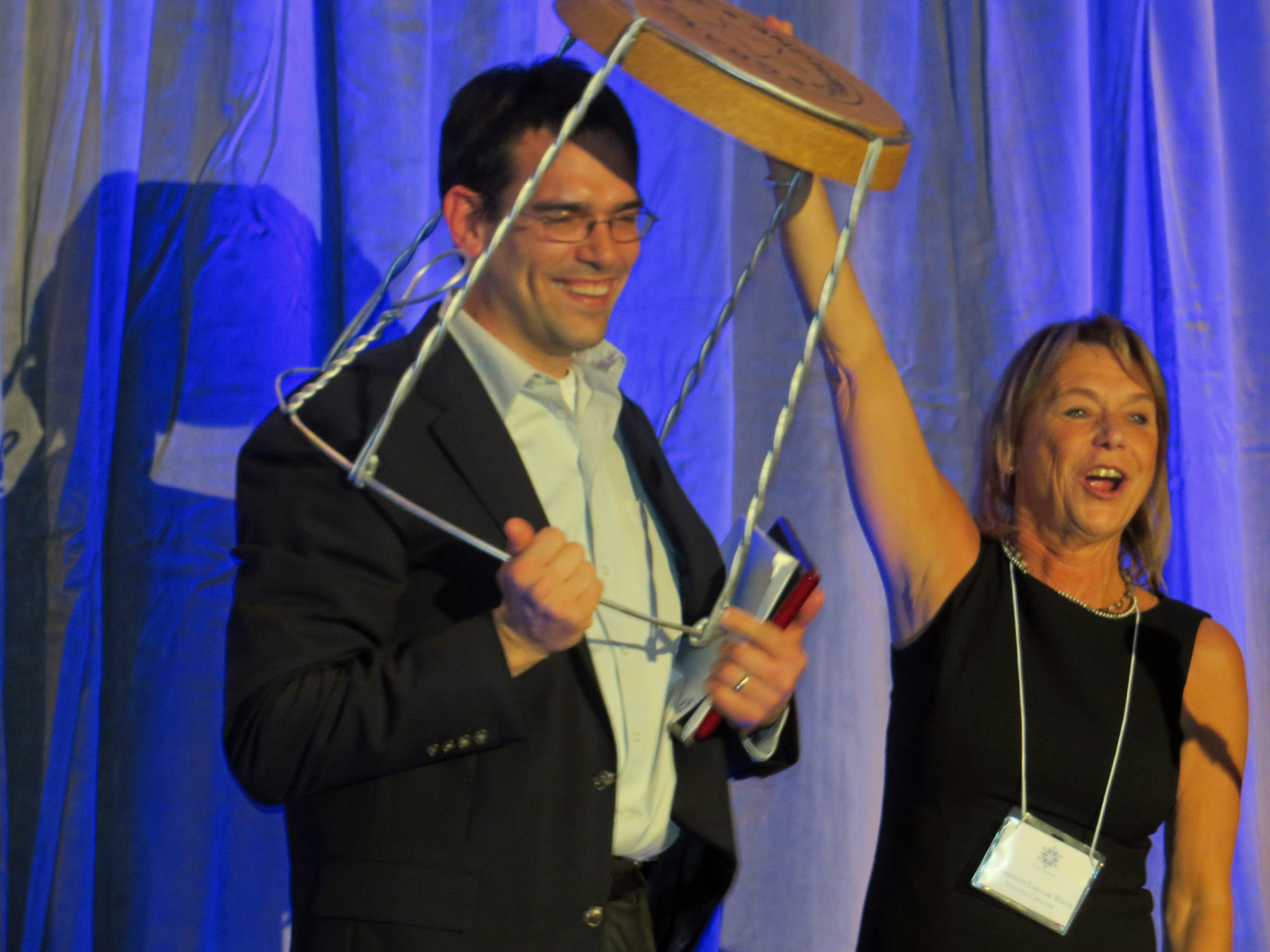

For information or to take action on the unnecessary and duplicate over regulation of Ohio wineries by the Ohio Department of Agriculture please go to: http://www.freethewineries.com or http://www.facebook.com/FreeTheWineries